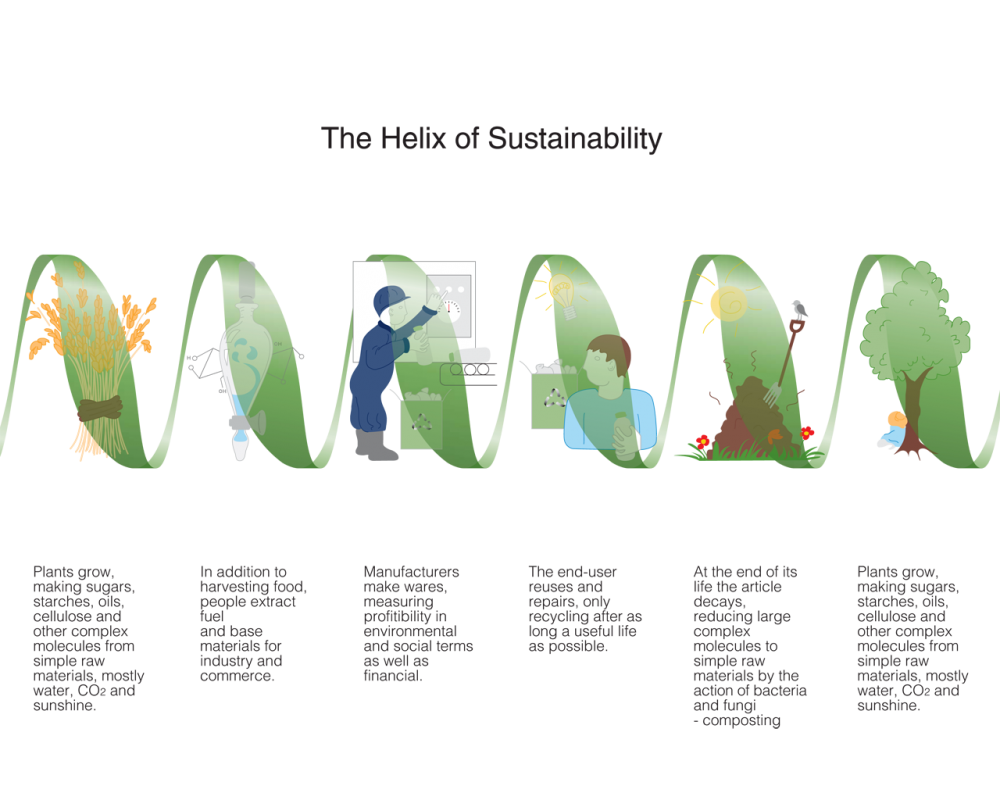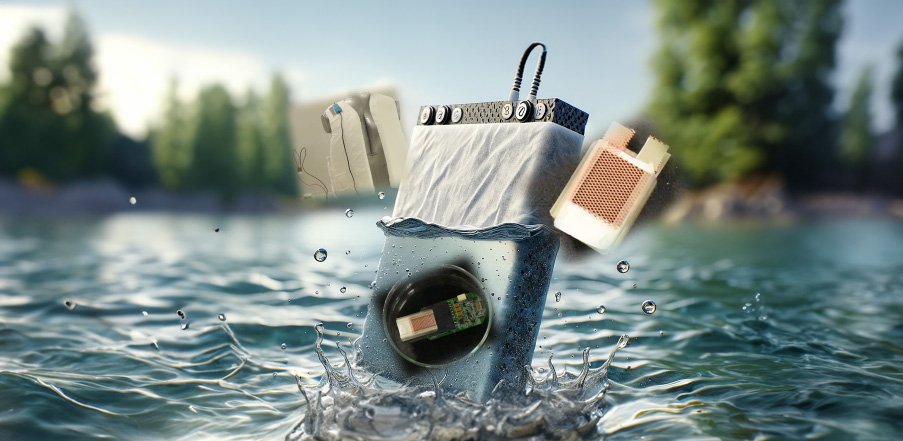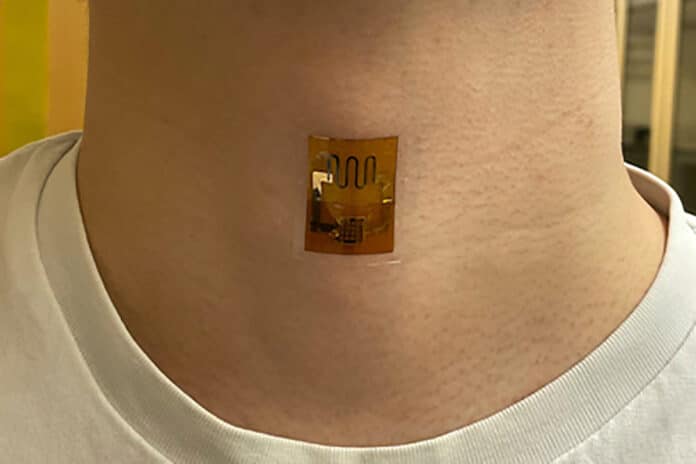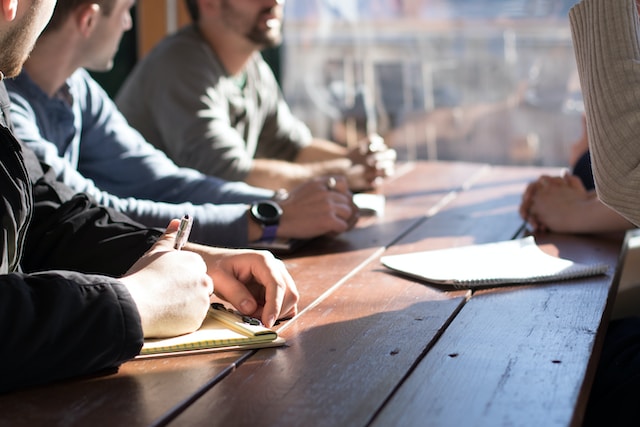Although it seems a fairly mundane topic, the sustainability of packaged products is becoming more important to both consumers and manufacturers. Trends today are toward the Helix of Sustainability where nearly everything is either recycled or biodegradable.
Consumer Packaging
Some companies are taking the bull by the horns and creating packaging that is 100% recyclable and compostable. Consumers end up with packaging after they use, consume, or unwrap a product, and they aren’t 100% sure how to dispose of the waste. Interviews with consumers suggest they are looking to brands to include on-pack messaging about how a product’s packaging should be recycled.
Packaging Design & Materials
There are many innovations occurring in the packaging business, such as new multipack carrying designs that allow consumers to carry purchased products more easily. In industrial packaging, which is a huge source of waste, packages are now being designed to be lighter, optimized for shape, and with safety in mind.
Recently, Walmart, the largest retailer in the world, introduced its “Sustainable Packaging Playbook” its suppliers use to make sure they are following best practices for sustainability, efficiency, and ease of recycling.
New BioMaterials in Recycling
Another trend involves the use of new materials, such as bioplastics. Now, bottles for water, consumer goods, and industrial goods can be made with bioplastics that include biodegradables such as sugarcane.
Packaging design innovations, such as MIT’s creation of LiquiGlide, which makes food containers super slippery so that contents don’t stick to the sides or bottom, ensure consumers are able to consume everything they paid for.
The following video from BASF discusses “How can we make packaging sustainable?”







